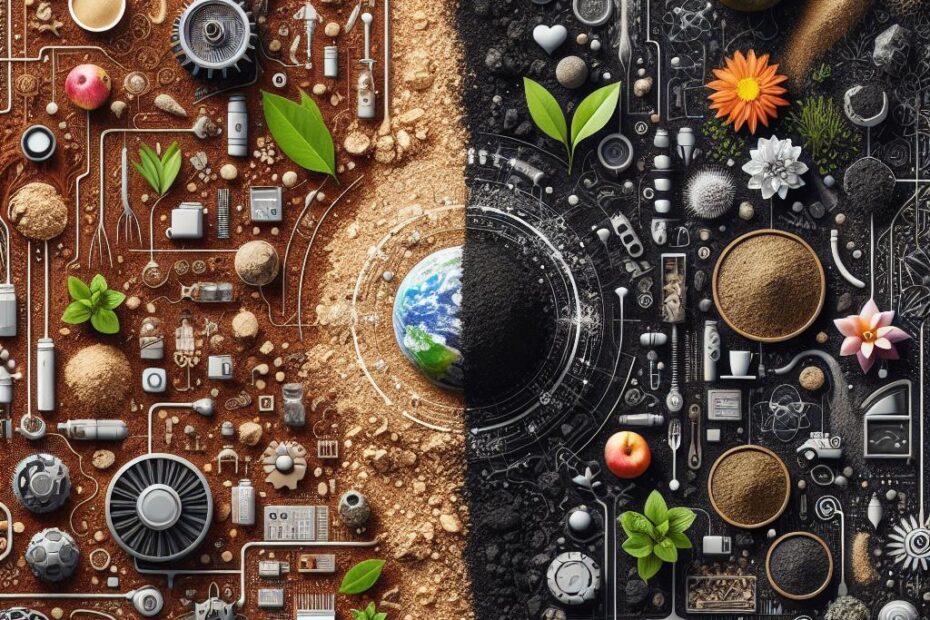What is the Difference Between Soil and Dirt?
When it comes to gardening, landscaping, or agriculture, the terms “soil” and “dirt” are often used interchangeably. However, there is a distinct difference between the two that is important to understand. In this article, we will explore the characteristics of soil and dirt, their composition, uses, and benefits, as well as provide practical tips on how to differentiate between them.
Understanding Soil
Soil is a natural, living ecosystem that is made up of minerals, organic matter, water, air, and microorganisms. It is rich in nutrients and serves as a habitat for plants, insects, and other organisms. Soil plays a crucial role in supporting plant growth and sustaining life on Earth.
- Composition: Soil is a complex mixture of mineral particles (sand, silt, and clay), organic matter (dead plant and animal material), air, water, and living organisms (bacteria, fungi, earthworms, etc.).
- Uses: Soil is essential for agriculture, gardening, landscaping, and ecosystem health. It provides a medium for plant roots to anchor and absorb nutrients, as well as supports various forms of life.
- Benefits: Soil improves water retention, regulates temperature, filters pollutants, and sequesters carbon. Healthy soil promotes biodiversity, carbon sequestration, and sustainable agriculture.
Exploring Dirt
Dirt, on the other hand, is often considered to be synonymous with soil, but it lacks the essential components that make soil a vibrant living system. Dirt is typically composed of mineral particles without much organic matter or microbial activity. It is often considered to be “dead” or devoid of life.
- Composition: Dirt is primarily composed of mineral particles (sand, silt, and clay) with minimal organic matter or microbial activity. It is often compacted, dry, and lacks the nutrients necessary to support plant growth.
- Uses: Dirt is commonly used for construction, filling, and landscaping projects where nutrient-rich soil is not required. It is often seen as a waste product or byproduct of various activities.
- Benefits: While dirt may not offer the same benefits as soil, it can still be used in certain applications, such as filling holes, leveling terrain, or creating pathways. However, it should not be relied upon for sustaining plant life or promoting biodiversity.
Practical Tips for Differentiation
Here are some practical tips for differentiating between soil and dirt:
- Texture: Soil is typically loose, crumbly, and rich in organic matter, while dirt is usually compacted, dry, and lacks organic content.
- Color: Soil can vary in color depending on its composition, while dirt is often dull and lacks the rich, dark hues of fertile soil.
- Smell: Healthy soil has an earthy, organic smell due to the presence of microbial activity, while dirt may have a stale or musty odor.
Conclusion
In conclusion, soil and dirt may seem similar at first glance, but they differ significantly in composition, structure, and function. Soil is a living, dynamic ecosystem that supports plant growth, microorganisms, and biodiversity, while dirt is often considered to be inert, compacted, and lacking in nutrients. Understanding the difference between soil and dirt can help gardeners, landscapers, and farmers make informed decisions about soil health, plant nutrition, and ecosystem sustainability.
